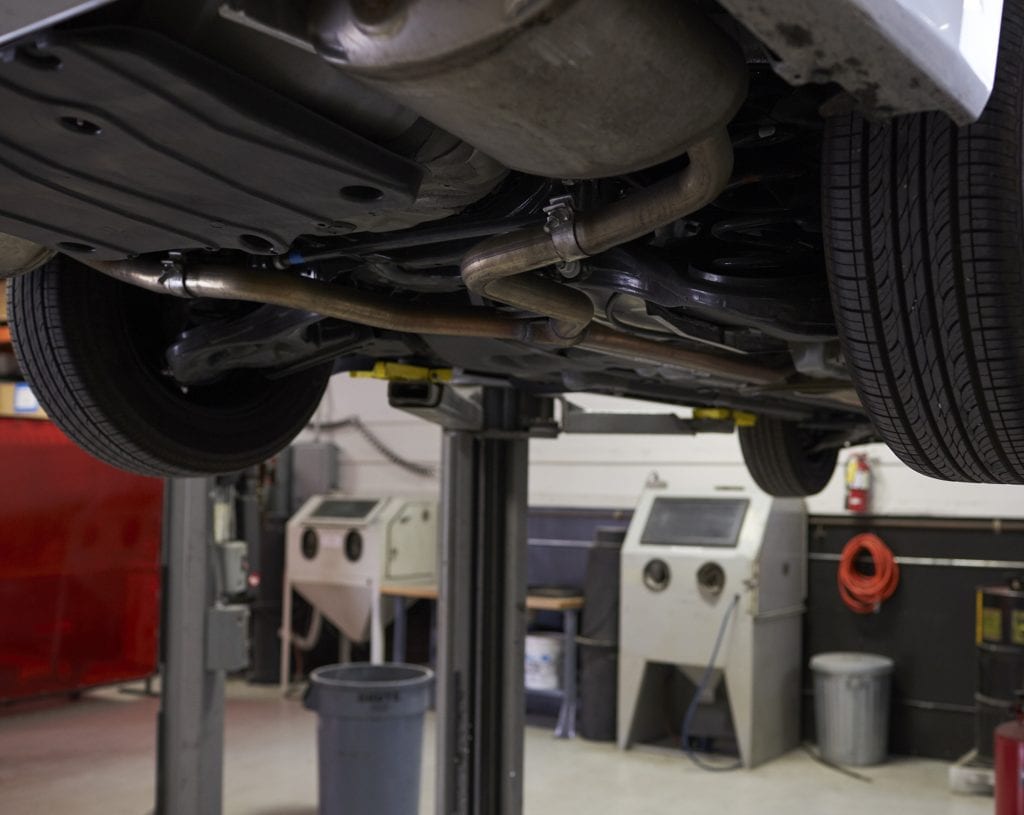
Over 10 million vehicles have failed their MOT since the introduction of the new test last year, highlighting the importance of the 3-1-1 system.
In just over a year since the MOT changed, Over a third (33%) of vehicles failed the new tests, and almost one-in-10 (9%) failed with a ‘dangerous’ outcome. The findings comes after a Freedom of Information request was approved for breakdown cover provider Green Flag.
The new MOT test results show: 30,488,960 MOT tests taken nationwide, 10,001,293 (33%) of these were fails and 20,487,667 (67%) were passes. Of these, 2,817,967 (9%) vehicles yielded dangerous results and 9,095,989 (44%) yielded major results.
“Drivers should be aware of the risks of driving a faulty car,” said Mark Newbery, Green Flag’s commercial director. “It not only endangers other motorists, but drivers and their passengers alike. Problems with vehicles will only worsen if not seen to, costing more money in the long run.”
No extension
The industry lobbied successfully last yearto overturn plans to introduce an extension to the period a new car must take its first test, with the government planning to introduce a four-year gap, rather than the current three year.
“As vehicle technology advances, cars are lasting longer and the periods of ownership are extending,” adds Frank Harvey, Head of Member Services at the IGA. Whilst modern cars are more reliable than they have ever been, they are also covering more miles and therefore require more frequent servicing and maintenance.
“These new statistics show that a vehicle’s first MOT test remaining at 3 years was the right decision, however an MOT is not a guarantee that a vehicle is roadworthy. Motorists should always ensure that their cars are regularly serviced and properly maintained to avoid hidden, dangerous faults.”
Regional gaps
The regions where the most fails occurred include the South West (38%), Wales (35%), Scotland (35%), the East Midlands (33%) and the North East (33%).
The highest pass rate came from Greater London (71%), which was followed by the East of England (69%), the West Midlands (68%) and the North West (68%).




You must be logged in to post a comment.